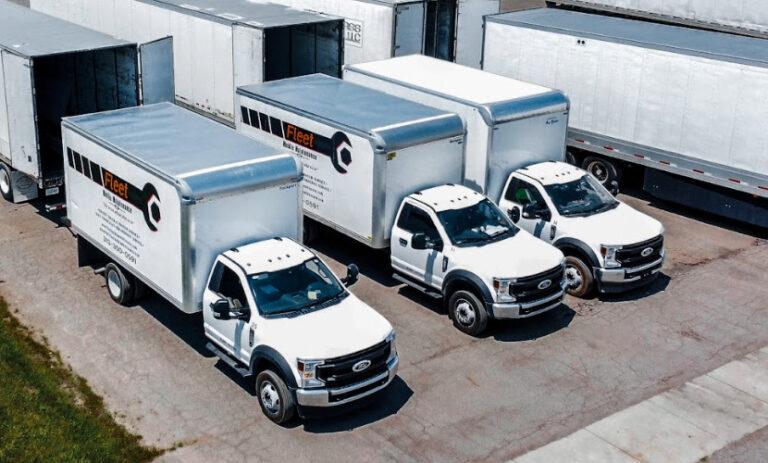If you’re using your car for business and want to claim mileage on your taxes, you need to keep an IRS mileage log. This log is your proof that the miles were driven for a legitimate business reason—and without it, your deduction may not hold up.
What Is an IRS Mileage Log?
An IRS mileage log is a detailed record of the miles you drive for business purposes. It’s used to calculate the deductible amount for your taxes based on the standard mileage rate or actual expenses.
What to Include in Your Mileage Log
To be accepted by the IRS, your log must include:
Date of the trip
Start and end points
Purpose of the trip
Odometer reading at the beginning and end (or total miles)
It’s important that each entry clearly shows the trip was business-related. Personal or commuting miles are not deductible.
Two Ways to Track
Manual Method
Use a paper notebook or a spreadsheet to jot down your trips. This works fine as long as you're consistent and include all required details.
Digital Method
Use apps like MileIQ or QuickBooks Self-Employed to track your trips automatically. These apps use GPS and allow you to categorize trips with a swipe.
Tips for Success
Record trips immediately to ensure accuracy
Keep your odometer readings at the beginning and end of each year
Save additional documents like fuel receipts and service records for extra backup
Store logs for at least three years, in case of an audit
Why It’s Worth It
Mileage deductions can add up quickly—especially for real estate agents, freelancers, gig workers, or anyone who travels frequently for business. But without a detailed and accurate IRS mileage log, you may lose out on legitimate tax savings.
Take a few minutes each day (or use an app) to track your miles and stay compliant—it could save you a lot at tax time.

